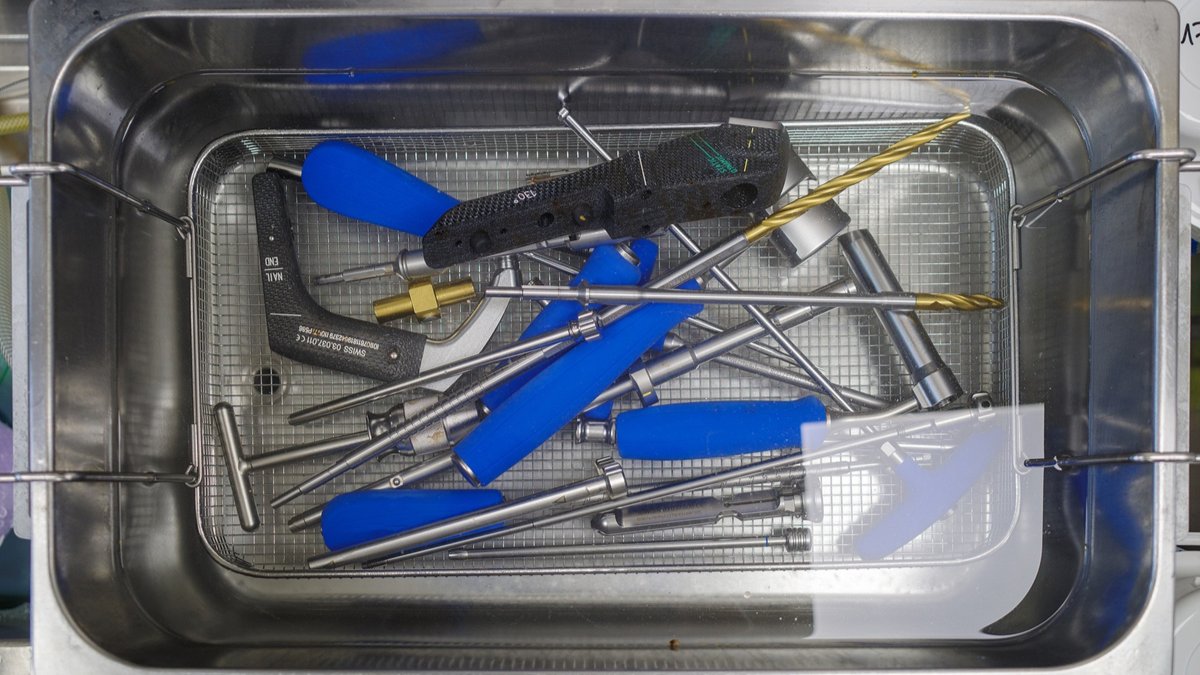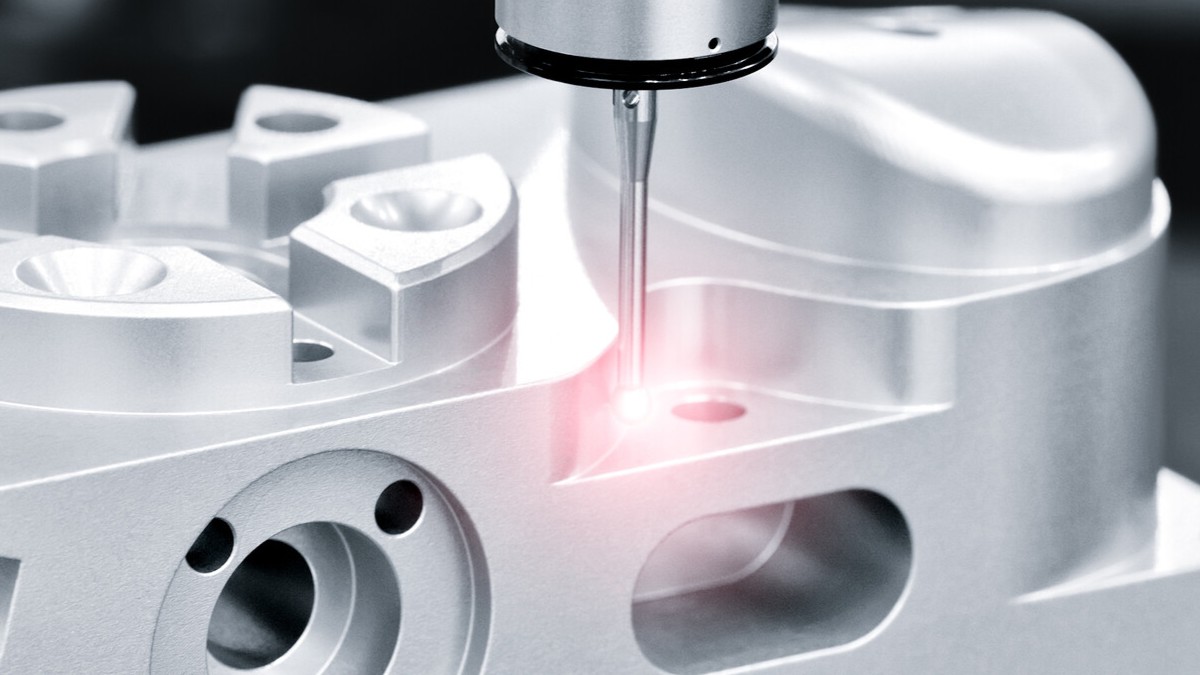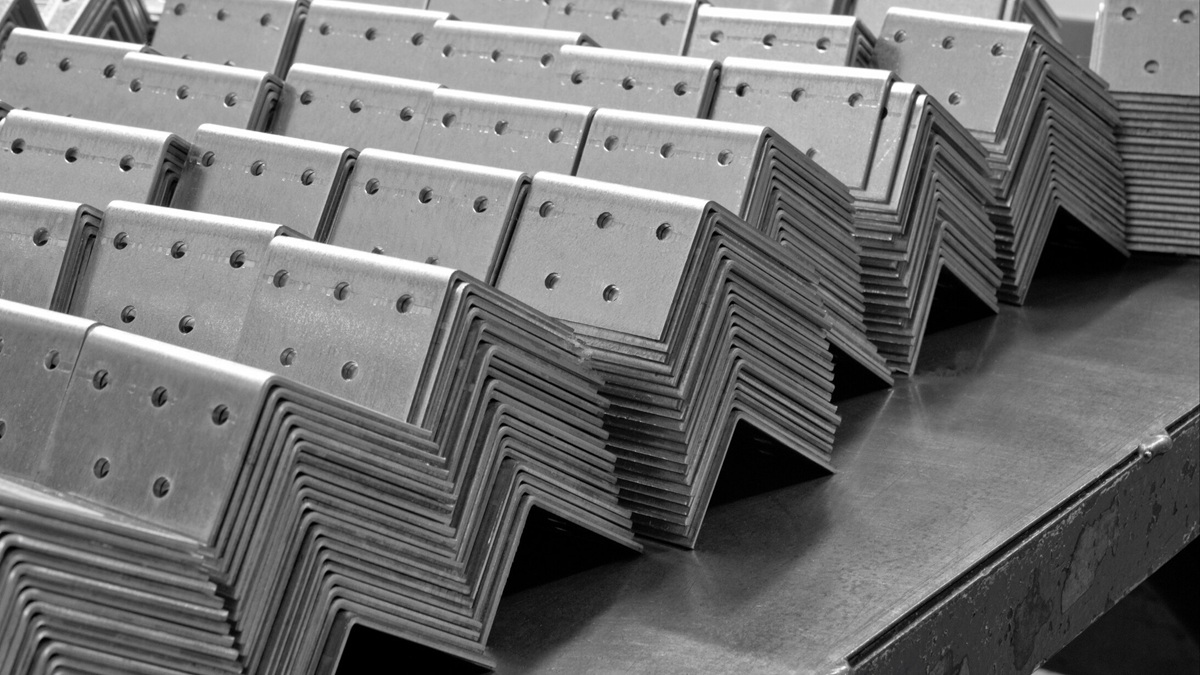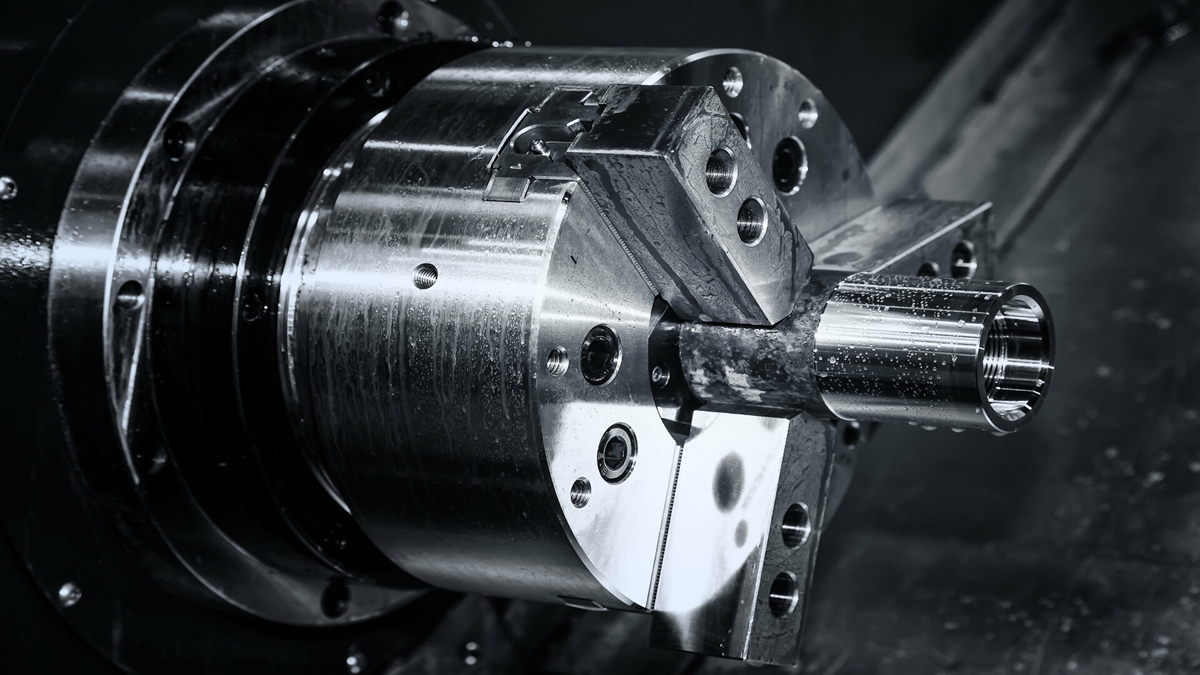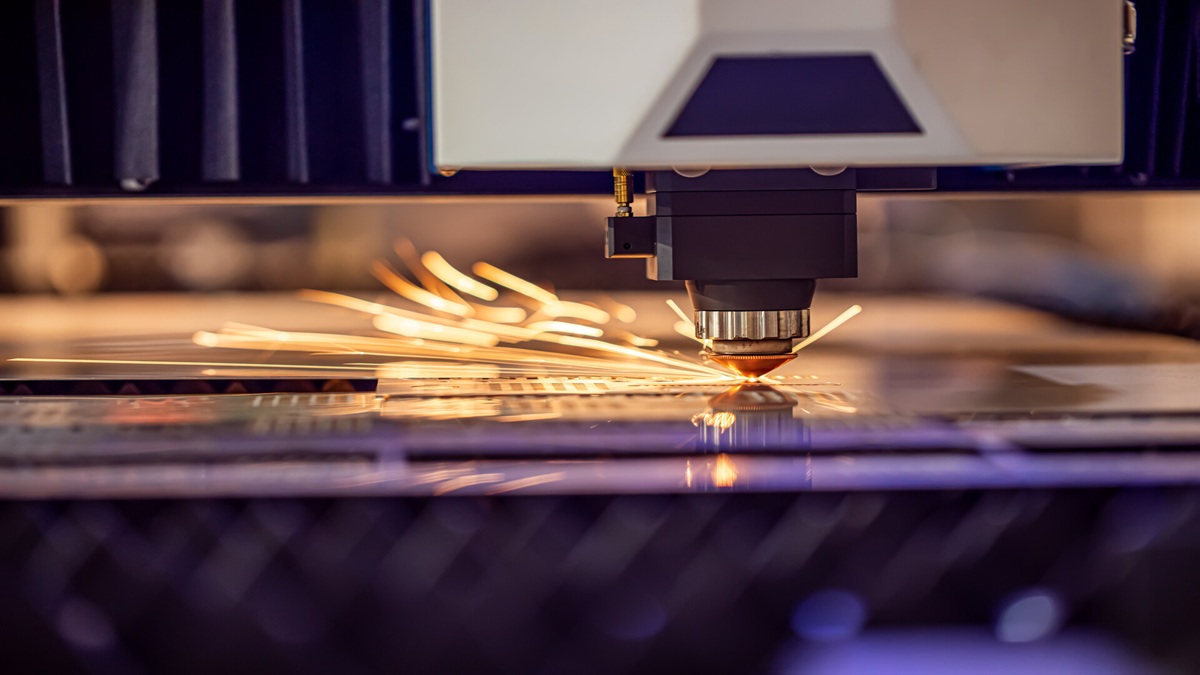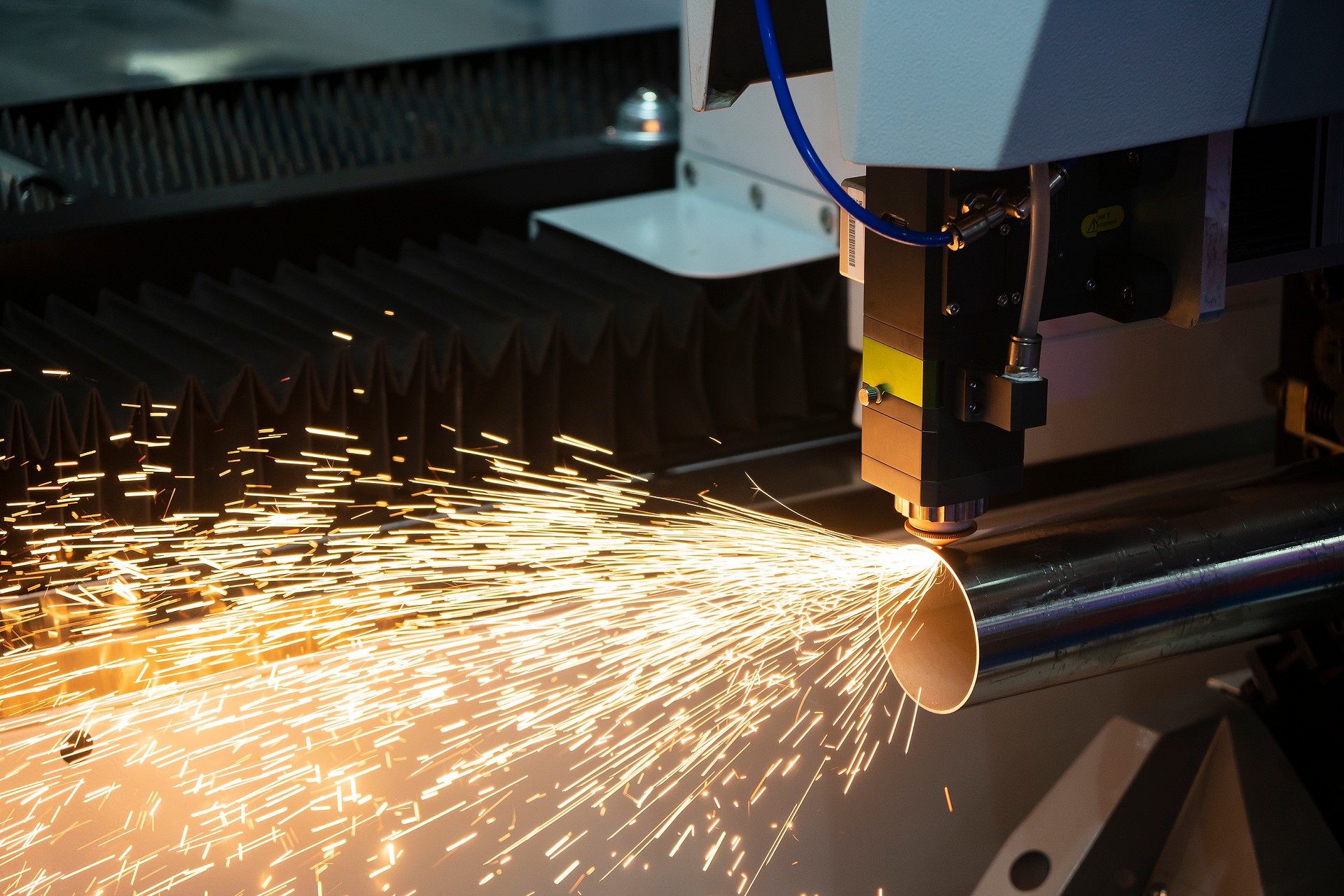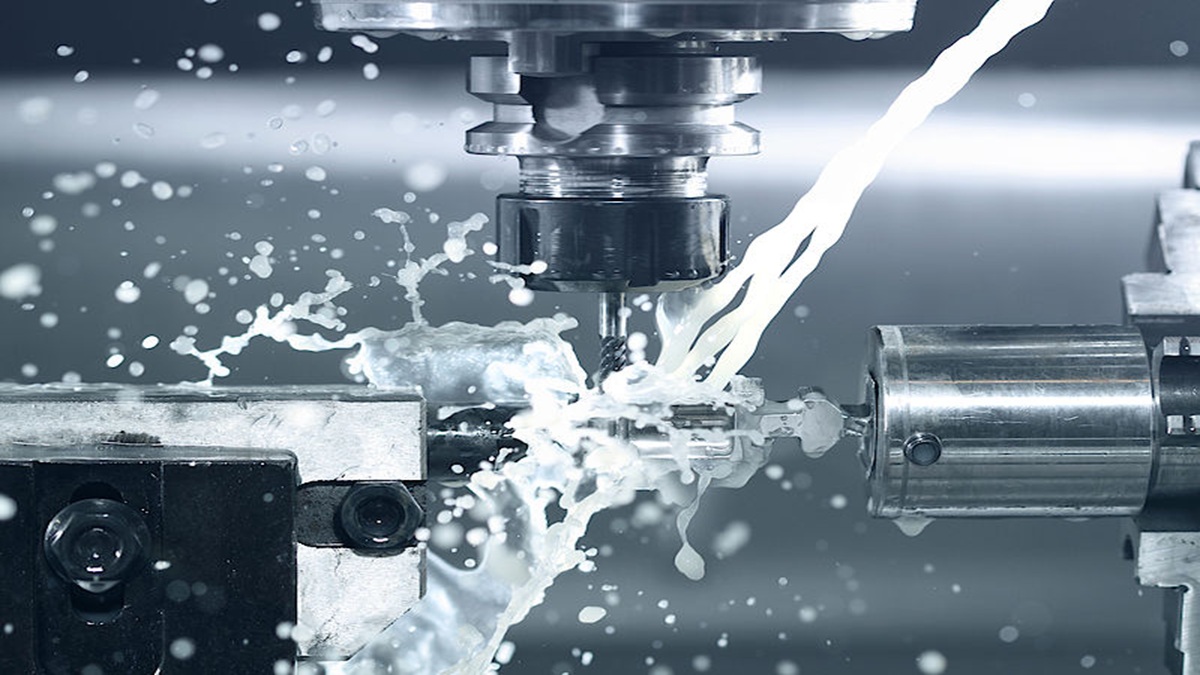From the early cast-iron spray guns to modern carbide and ceramic materials, the durability of spray guns has made a monumental leap. These historical examples show that upgrading materials can increase durability by dozens of times. Modern material technology further highlights this trend: under the same working conditions, reports indicate that the lifespan of a steel spray gun is far shorter than that of a tungsten carbide gun, which in turn is not as durable as a ceramic spray gun. This makes the choice of material for this critical industrial component a determining factor in production efficiency and cost control.
The Key to Durability: Why Material Choice Is Everything
Industry guidelines emphasize that the difference between a spray gun that's merely "usable" and one that is truly "effective and durable" lies in matching it to the right conditions. When selecting a material, you must consider various factors like fluid and ambient temperature, the content of solid particles in the fluid, the nature of the chemical medium, cleanliness requirements, and mechanical load. These can be summarized as:
- Ambient and Fluid Temperature – Determines the material's thermal stability and heat transfer needs.
- Solid Particle Content – A high content of abrasive particles or fibers will accelerate wear, so you'll need a high-hardness material to resist abrasion.
- Chemical Corrosiveness – Acids, bases, or other corrosive media require materials with excellent corrosion resistance.
- Cleanliness Requirements – If the process requires a contamination-free environment (e.g., in the food or pharmaceutical industries), you should choose spray gun materials without rubber seals.
- Mechanical Strength and Toughness – High-pressure or impact applications require materials with sufficient strength and resilience.
For example, if your production fluid contains abrasive particles or glass fibers, you should choose a higher-hardness tungsten carbide or ceramic spray gun to extend its lifespan. If the medium is highly corrosive, you'll need a corrosion-resistant material like stainless steel 316-grade or a special alloy (such as Hastelloy). Only by comprehensively evaluating all these factors can you truly upgrade your spray gun's performance from "usable" to "effective and durable."
Common Spray Gun Materials: Advantages and Applications
The most common spray gun materials on the market each have their own advantages, making them suitable for different industrial applications:
Stainless Steel (304/316, etc.):Stainless steel is the most common spray gun material in the industry. 316 stainless steel, in particular, is an industry workhorse because it contains molybdenum, which provides superior resistance to chloride corrosion. This makes it ideal for harsh environments like those involving saltwater or chemical media. Due to its excellent corrosion resistance and high strength, it's widely used in food-grade spraying, the pharmaceutical industry, and high-pressure washers, making it the preferred choice for most industrial applications that require both durability and hygiene.
Copper/Brass:With its excellent thermal conductivity and machinability, brass holds a firm place in the spray gun industry. Its most common applications are garden sprayers and low-pressure atomizing guns. Used primarily for spraying water or non-corrosive liquids, the high thermal conductivity of brass allows it to quickly dissipate heat, preventing heat buildup from friction. While its mechanical strength is lower than stainless steel, brass spray guns offer a cost-effective and easy-to-maintain option for home or light industrial use.
Tungsten Carbide:Known for its extremely high hardness and exceptional wear resistance, tungsten carbide is the go-to material for abrasive applications. Spray guns made from this material are primarily used for sandblasting, spraying particle-laden coatings, and high-pressure abrasive waterjet cutting. Due to its high cost, the entire spray gun isn't usually made from tungsten carbide. Instead, it's inlaid into the most vulnerable parts, like the nozzle. This design significantly extends the nozzle's life under extreme wear conditions, drastically reducing replacement frequency and downtime.
Ceramic (e.g., Alumina, Silicon Carbide):Ceramics have the highest hardness and wear resistance, making them ideal for ultra-high-pressure waterjet cutting and abrasive spraying. Because they are much more wear-resistant than metals, ceramic nozzles can effectively withstand the impact of high-velocity particles. In applications like high-pressure washing or sandblasting, a ceramic nozzle maintains a precise spray pattern and lasts far longer than its metal counterparts. However, its brittleness makes it susceptible to impact damage, so you must handle it with care to avoid accidental breakage.
Plastics/Composites (PTFE, PVDF, PEEK, etc.):When dealing with relatively mild chemical media and cost is a major concern, engineered plastics are an excellent option. Materials like PTFE (Teflon), PVDF, and PEEK are affordable, corrosion-resistant, and won't rust. They are the best choice for handling mild chemical media but their limited pressure and wear resistance make them unsuitable for high-strength industrial applications.
In summary, each material has its own strengths: stainless steel balances strength and corrosion resistance; brass/copper has excellent thermal conductivity; tungsten carbide and ceramics provide superior durability under extreme wear; and plastics are the ideal solution for mild chemical applications where lightweight and low cost are prioritized. OEMs should choose the appropriate material based on their specific application to achieve the best performance-to-cost ratio.
Expert Advice: Starting with Your Application Needs
Ranox experts recommend that your choice of spray gun material should align closely with the specific requirements of your process. Here are some core considerations to guide your decision-making.
- Match the Material to the Medium: First, determine the nature of the fluid you're spraying. For fluids containing abrasive particles or glass fibers, prioritize tungsten carbide or ceramic spray guns to resist wear. If the medium is highly corrosive, opt for stainless steel 316-grade or special alloys (like Hastelloy).
- Meet Industry and Hygiene Standards: For industries like food, medicine, and beverages, you must comply with hygiene and safety regulations. In most of these applications, stainless steel spray guns are required because their smooth surfaces are easy to clean and effectively prevent bacterial growth. Additionally, you should avoid any materials that might release harmful substances or cannot be thoroughly sterilized.
- Consider Thermal Management Needs: If the spray gun needs to heat up or cool down quickly, the material's thermal conductivity becomes crucial. In such cases, choose a highly conductive copper alloy or add a conductive coating to improve heating efficiency or prevent localized overheating.
- Evaluate Cost and Maintenance Cycles: For high-volume, long-term operations, investing in highly durable materials like ceramics can reduce replacement frequency and downtime costs. For low-volume or cost-sensitive projects, more affordable options like stainless steel or plastic spray guns may be better, as you can replace them periodically to balance costs.
Ultimately, selecting the right material is what turns a spray gun from "just getting the job done" into a truly "high-performing" tool, dramatically improving both equipment stability and production efficiency. As industry experts point out, the secret to a spray gun's performance and longevity lies in carefully matching it to the fluid's temperature, particle content, and chemical properties. This is why purchasing managers and OEM/ODM clients must take a comprehensive approach when choosing the best material for their process.


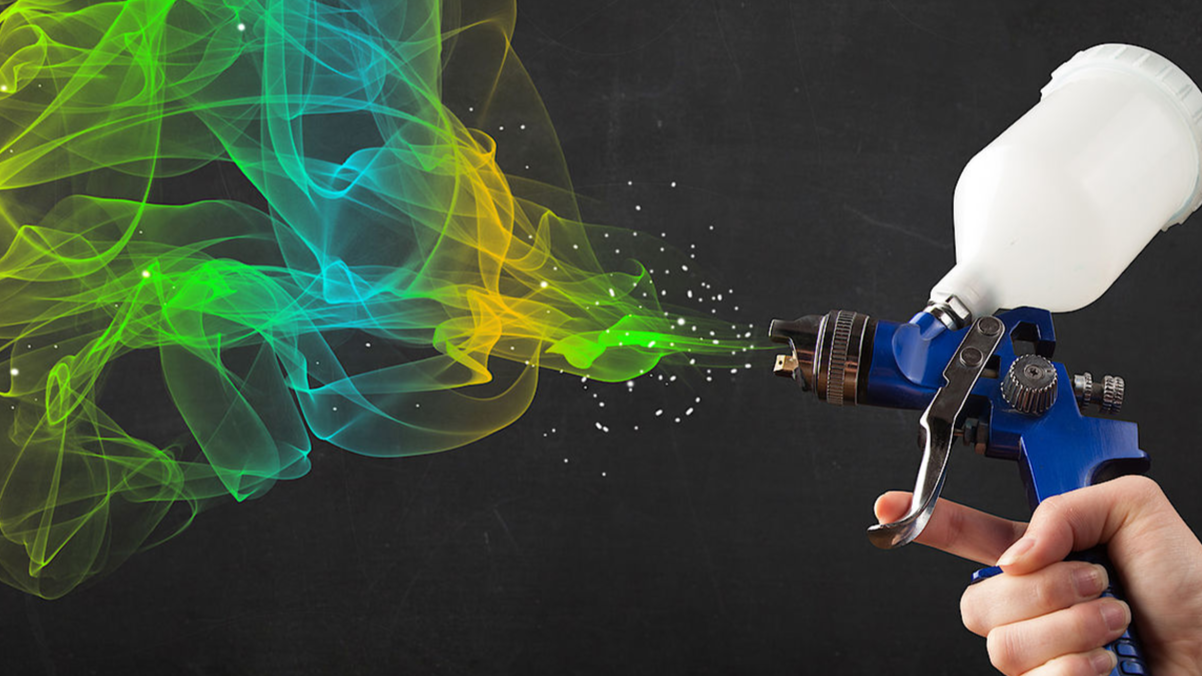

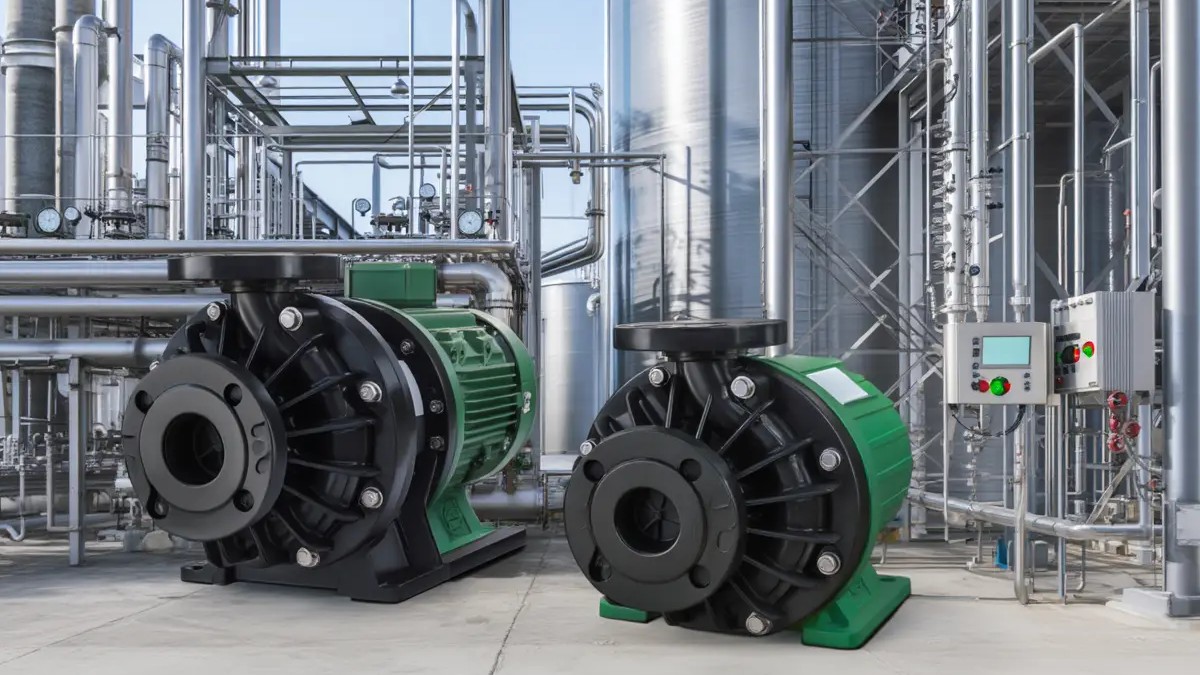
.png)
